Rectal prolapse
Rectal prolapse occurs when the rectum, the lower end of your large intestine, pushes down through the anus, sometimes even protruding outside the body. It can be a disconcerting and uncomfortable condition, leading to a variety of symptoms and impact your daily life.
Understanding the Mechanism
Normally, supportive pelvic floor muscles and connective tissues hold the rectum in its proper place. However, when these structures weaken or become damaged, the rectum loses its support and can prolapse.
Causes of Rectal Prolapse
Several factors can contribute to a rectal prolapse, including:
- Chronic straining: Straining during constipation, childbirth, or heavy lifting can weaken pelvic floor muscles.
- Ageing: As we age, the tissues supporting the pelvic organs weaken, increasing the risk of prolapse.
- Childbirth: Vaginal delivery, especially with complications or multiple births, can damage pelvic floor muscles.
- Chronic cough or lung disease: Chronic coughing puts pressure on the abdomen, which can strain the pelvic floor.
- Obesity: Excess weight puts additional strain on the pelvic floor muscles.
- Congenital conditions: In rare cases, a rectal prolapse can be present at birth due to weak connective tissues.
Symptoms of Rectal Prolapse
The symptoms of rectal prolapse can vary depending on the severity. Here are some common ones:
- A bulging mass protruding from the anus: This may be visible or only felt during straining.
- Difficulty having a bowel movement: The prolapse can partially block the passage of stool.
- Feeling of incomplete bowel evacuation: You may feel like you haven’t completely emptied your bowels.
- Mucus discharge from the rectum: This can occur if the prolapsed tissue becomes irritated.
- Bleeding from the rectum: This is usually minor, but can occur due to irritation of the prolapsed tissue.
- Pain or discomfort in the anus: This may be worse with straining or during bowel movements.
How is Rectal prolapse managed
The only definitive management of full thickness rectal prolapse is surgical repair
Investigations may involve:
Clinical examination to assess
- The continuity and strength of anal sphincters
- The presence of an enterocoele or rectocoele
Colonoscopy to exclude a lead point or another cause of rectal bleeding / mucus discharge / faecal incontinence
Anorectal manometer to measure the strength and tightness of your sphincters
MR or XR defecography to evaluate your muscles during defecation
Best surgical approach will be determined by the patients general health, history of constipation or faecal incontinence and previous abdominal or perineal surgery
Abdominal approaches: Laparoscopic / open mesh ventral rectopexy or suture rectopexy or resection rectopexy
- Laparoscopic / open mesh ventral rectopexy is traditionally preferred in younger age patients.
- Resection rectopexy may be considered in patients with chronic constipation
- Your rectum will be attached to the back wall of your pelvic (sacrum) with mesh / permanent sutures with or without partial bowel resection
Perineal approaches: Delormes or Altemeier procedure
- This approach is traditionally preferred for elderly and high risk patients as it could be performed under regional (epidural) anaesthetic. This may also be a better choice if you have a very minor prolapse
- Altimeter procedure : The prolapsed rectum is pulled out through the anus and removed
- Delormes procedure: The prolapsed mucosal lining of the rectum is removed. The muscle wall of the rectum is then folded back onto itself and stitched together inside your anal canal.

